Usually, the strength of a fire hose is measured by the working pressure, meaning at what pressure it can throw water at the fire. The working pressure depends on the diameter of the hose. The smaller the diameter, the higher the pressure.
Most fire hoses use woven fabric and rubber as the core material and have some kind of reinforcement that protects them from bursting under immense pressure. Here we’ll talk about the working pressure of different fire hoses based on their type.
Strength of Fire Hoses in General
According to the NFPA 1961 Fire Hose Standard, you’ll need an astounding 100 bars (11,000kPa/1600psi) of pressure to break a firehose. On average, the working pressure of a standard firehose ranges from 8-20 bar (800-2,000 kPa/ 116-290 psi).
Fire hose strength by type
Suction hose
Also known as a hard-suction hose, this type of hose is primarily used to suck water out of unpressurized sources. They are made of multiple layers of rubber and woven fabric with internal metal reinforcements. The standard length is around 10 feet.
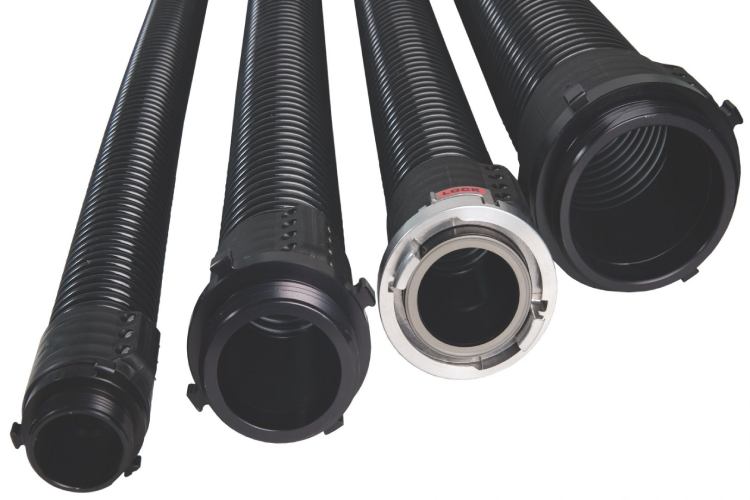
The standard working pressure of a suction hose ranges between 50-100 psi at 72°F and 35-65 psi at 150°F.
Delivery hose
This type of hoes is mainly used to fight forest fires. The specialty of this type of hoes is that it allows the water to seep through. As a result, burning debris and laying on the hot ground can’t damage the hose.
However, this method requires a lot of water, and this special type of hose is named “Percolating hose.” If you are worried about the wastage of water, you can also use a non-percolating hose.
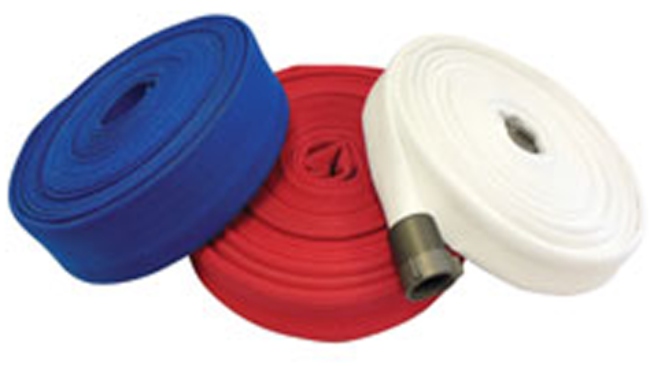
The operating pressure on this type of hose depends on the diameter. If the diameter is small, the pressure can reach up to 300 psi (2,070 kPa) whereas, in larger diameter hoses, the pressure can reach up to 200 psi (1,380 kPa).
Attack hose
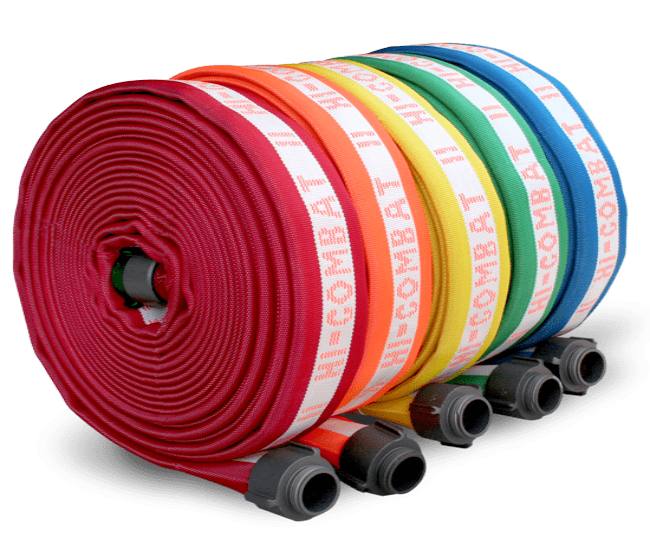
This type of hose is mainly used to carry water from the fire pumper to the nozzle and spray it out. These hoses are flexible and are covered in fabric. They can be arousing 50 feet in length. The working pressure of these attack hoses reaches up to 400 psi (2,760 kPa).
Supply and relay hoses
They are long and flexible hoses, primarily used for transporting water from a distant hydrant to the fire pumper, or from one pumper to another. They usually come in large diameters and can reach up to 100 ft in length.
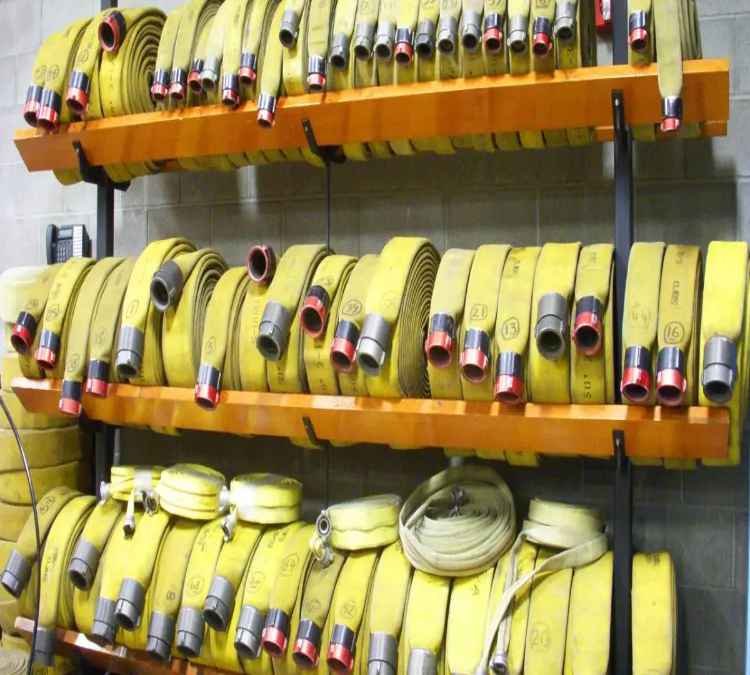
Just like the delivery hose, supply and relay hoses also operate at up to 300 psi (2,070 kPa) in the small-diameter hose and up to 200 psi (1,380 kPa) in larger diameters.
Forestry hose
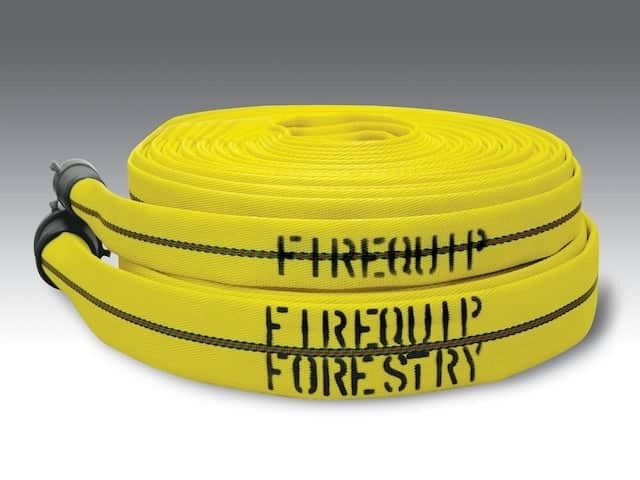
This type of hose is also widely used to fight fire in grass, brush, and trees. Unlike the delivery hose, these hoses are lightweight and can be maneuvered over steep or rough terrain. The standard size of forestry hoses is 100 ft, and they can work at an astounding 450psi (3,100 kPa) of pressure.
Booster hose
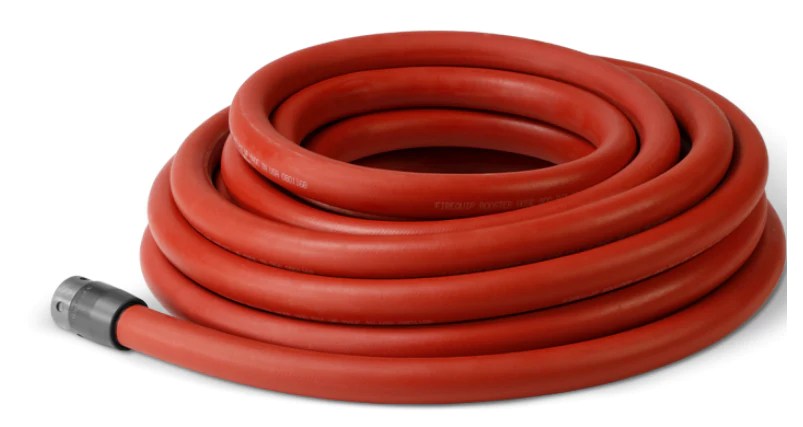
This type of fire hose is comparatively thick-walled. Unlike many other fire hoses, booster hoses always retain their round cross-section and need to be carried on a reel. Booster hoses are also known to be working at the highest pressure among all other hose types.
These rubber-covered, flexible hoses are 100 ft in length and can reach a pressure of up to 800 psi (5,520 kPa).
FAQs
1. How heavy is a fire hose?
Ans: depending on the diameter, a fire hose can reach up to 900lbs when filled with water (5-inch diameter). The weight depends on the diameter and is measured for 50/100 ft sections.
Once dry, a 1 ¾-inch fire hose will weigh around 20lbs, a 2.5-inch hose will weigh around 129 lbs, and a 5-inch hose will weigh around 55 lbs.
2. What size hose do firefighters use?
Ans: The most commonly used size (diameter) of fire hoses are 1½, 1¾, and 2½ inches. These are the standard size of hoses to be used in the front line. Depending on the situation, firefighters will choose the appropriately sized hose to provide the right amount of water.
3. How much hose does a fire engine carry?
Ans: According to the Federal Emergency Management Agency (FEMA), and National Fire Protection Association (NPFA), a fire engine usually has to carry 1,200 feet of 2½-inch hose. They also carry 500 feet of 1½-inch hose. Additionally, they are required to have 200 feet of 1-inch hose onboard.
4. Are fire hoses fireproof?
Ans: Unfortunately, no. The flow of water inside keeps the hoses from catching fire when in use. However, these woven fabric and rubber-made hoses can catch fire easily when not in use.


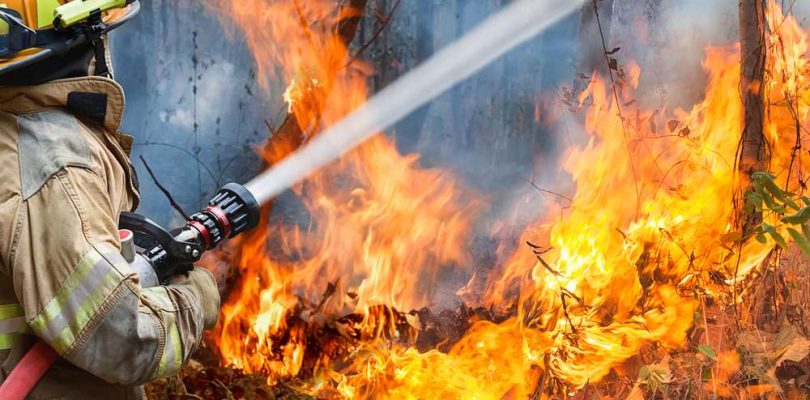







Leave a Comment